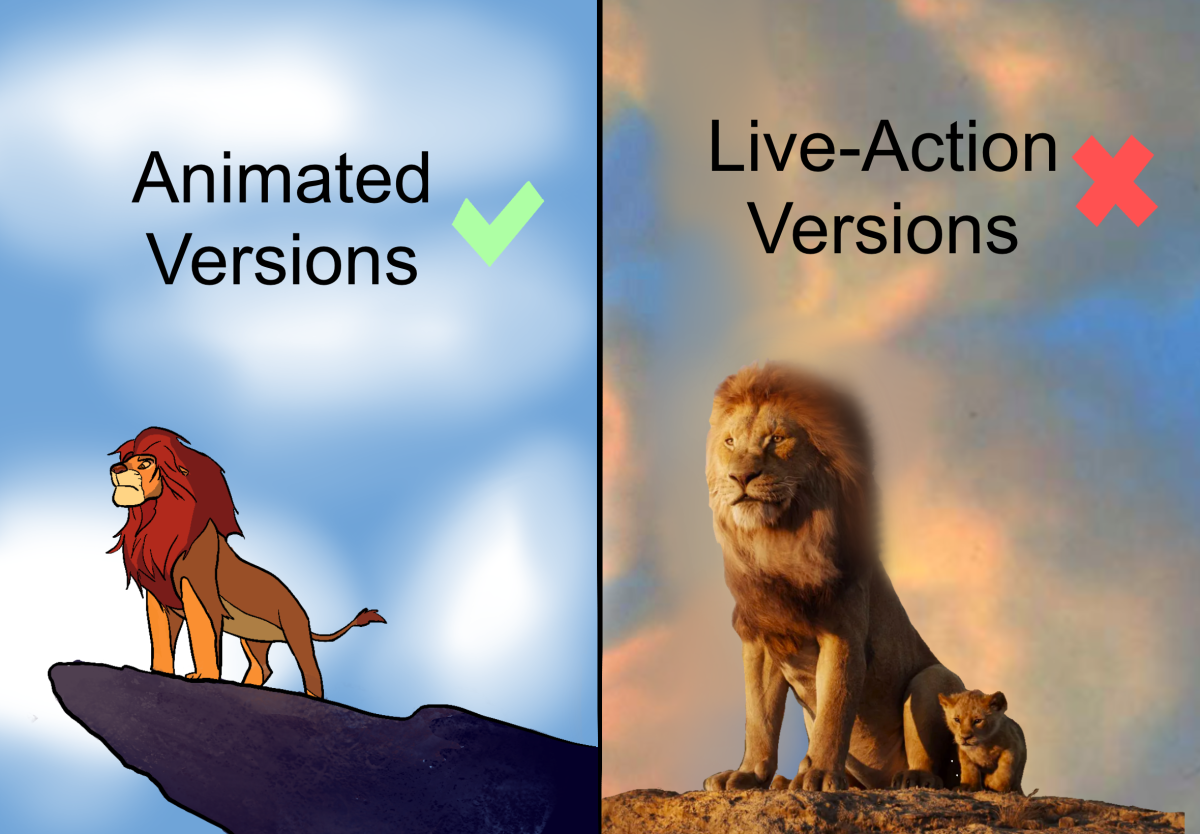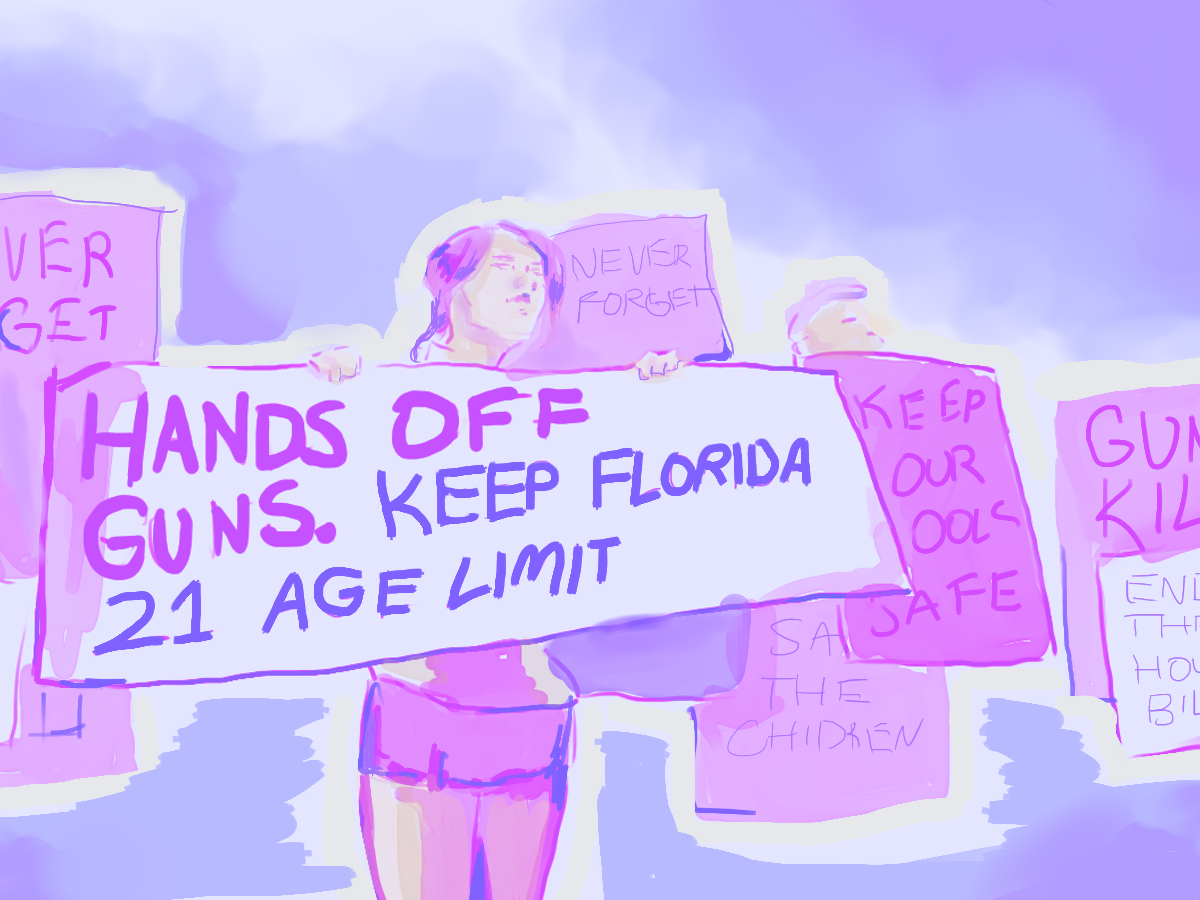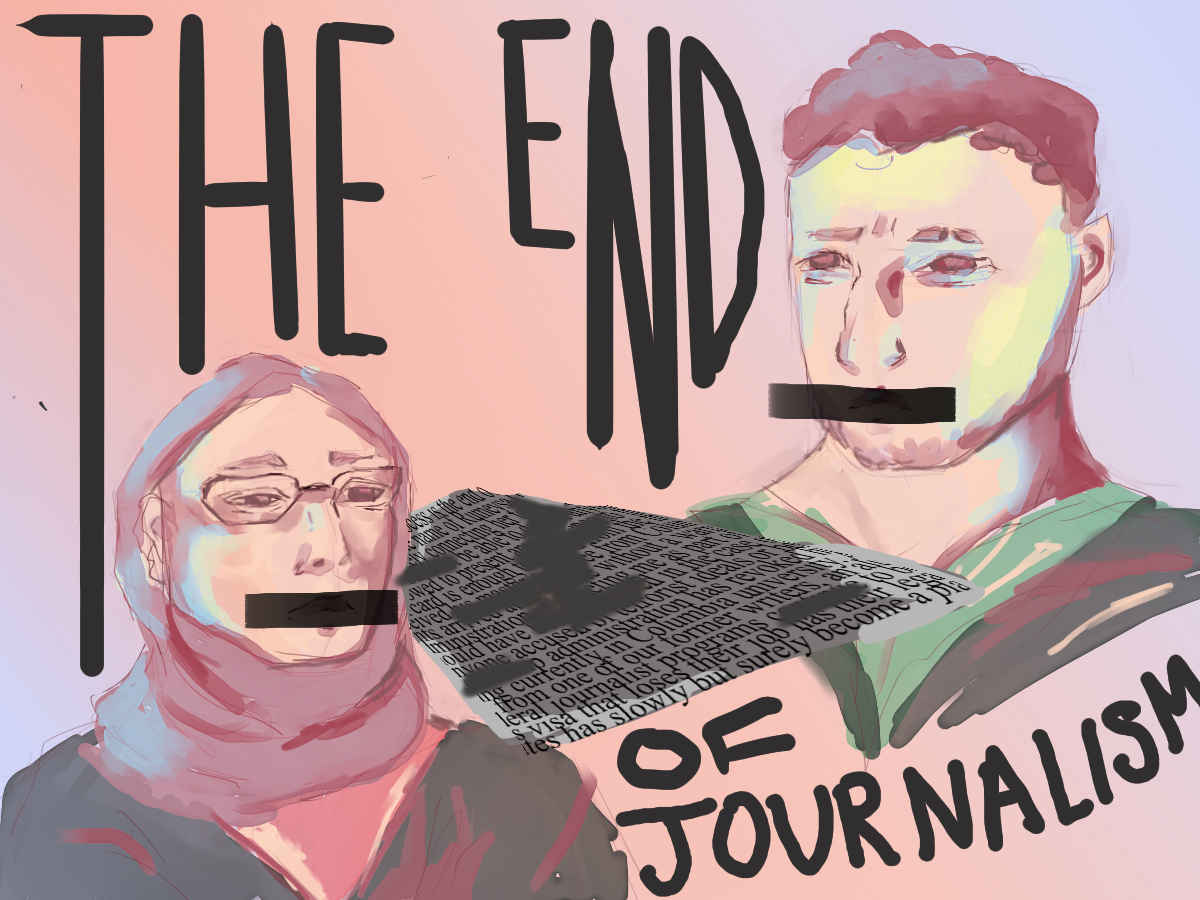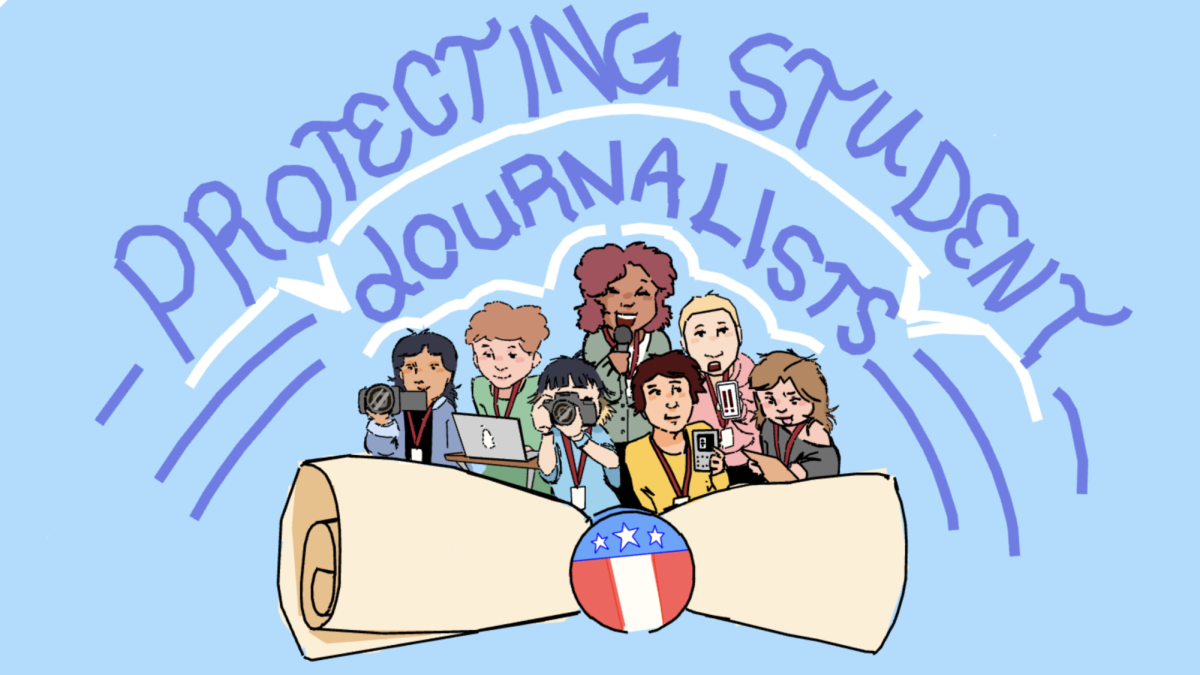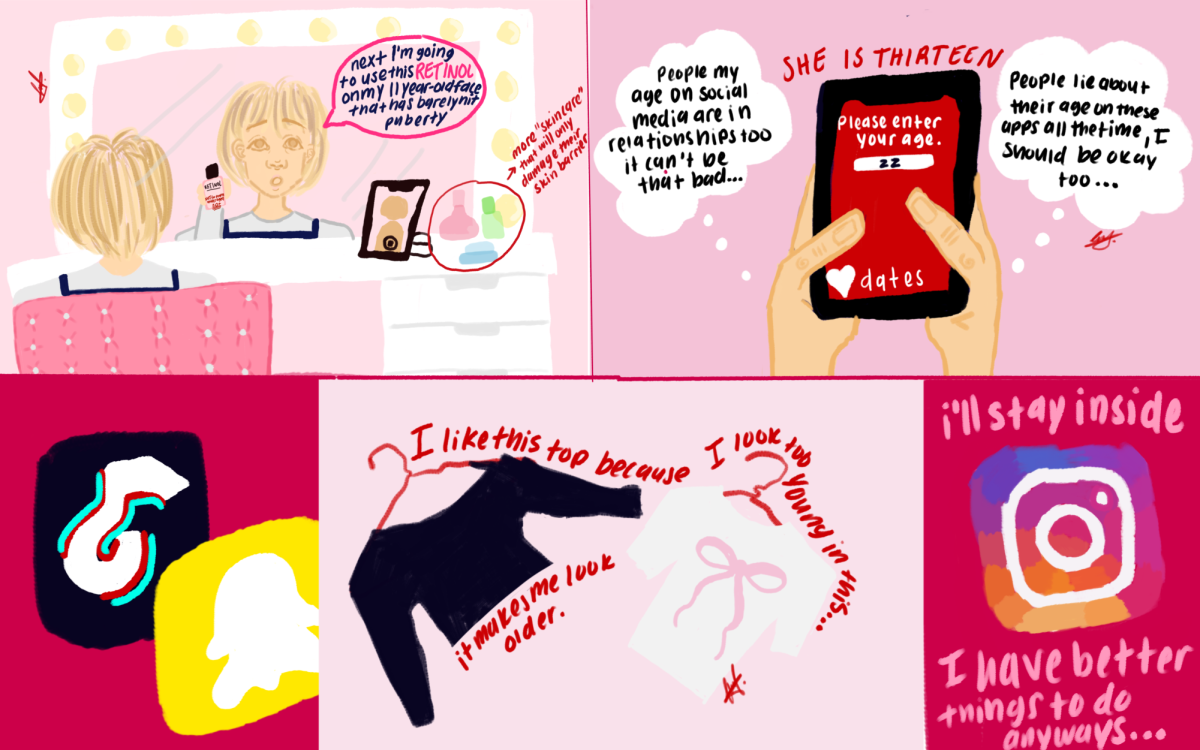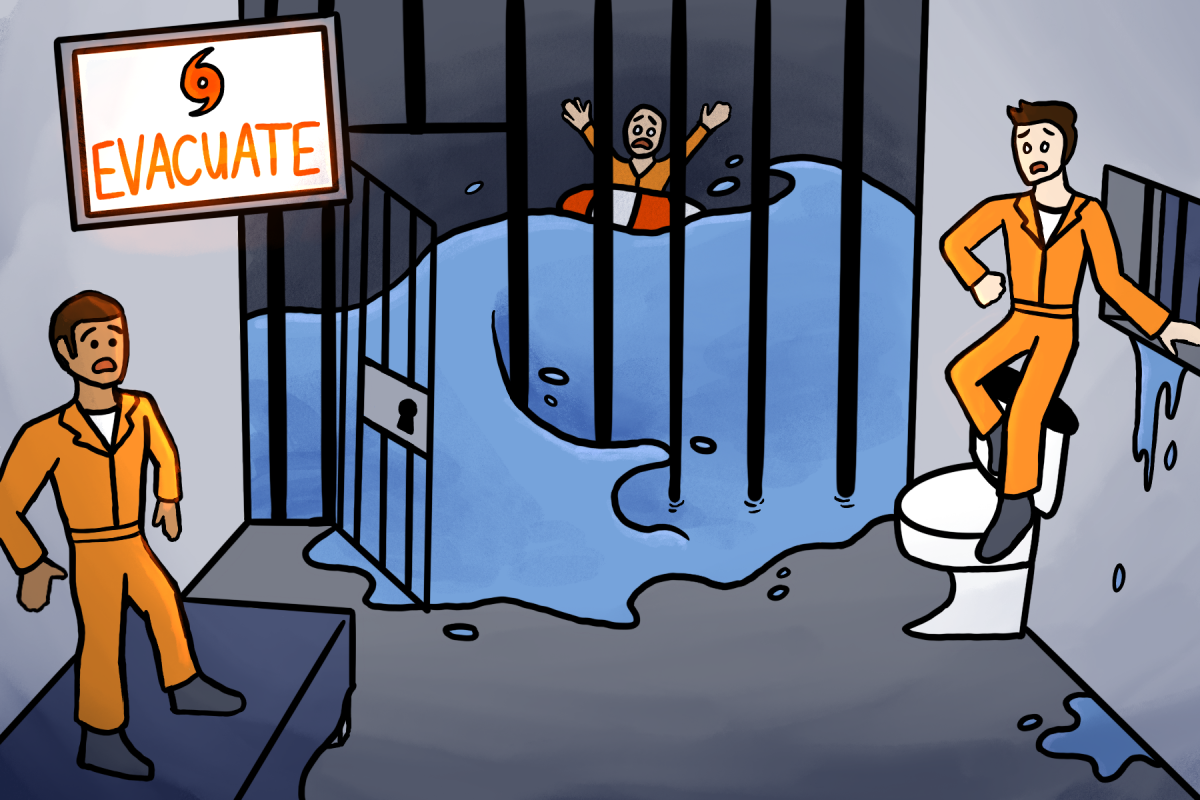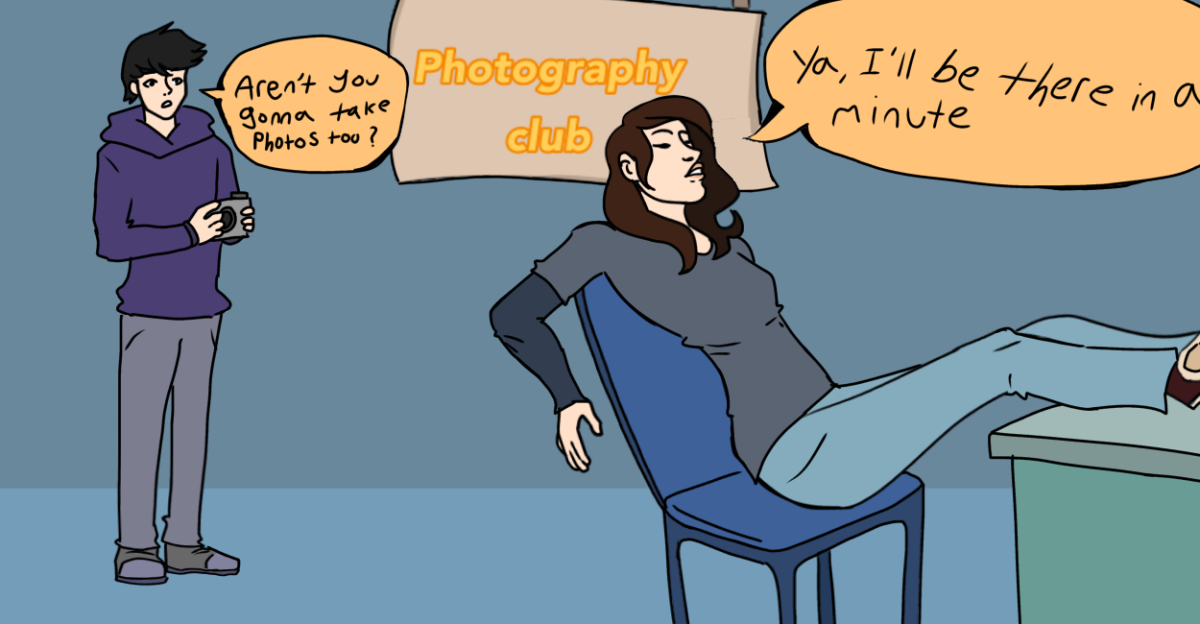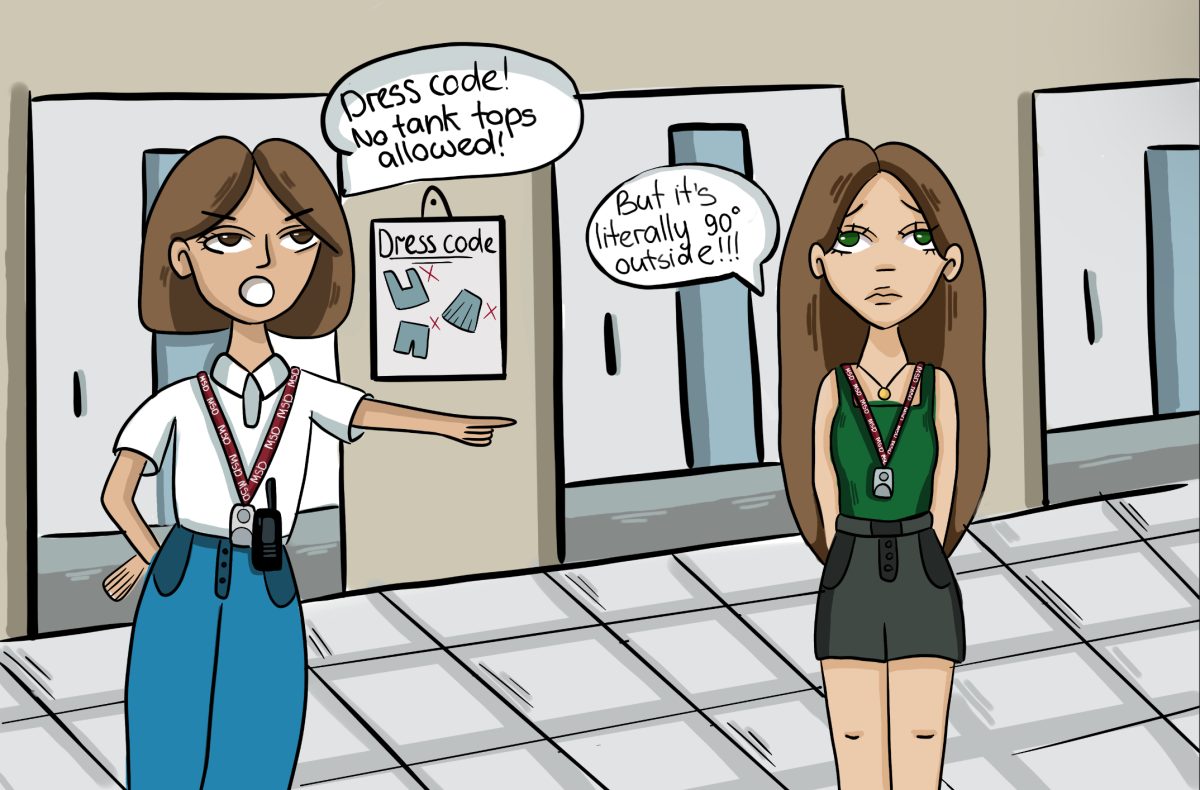A recent pattern that movie watchers might notice is the number of remakes produced for animated movies. From animated classics to popular anime, these reimaginings of stories are released every year. Live-action adaptations of animated films feel as though producers are taking the whole art aspect of animation and poorly replacing it with CGI.
Producers of live-action films choose locations for the new films that intend to mimic the locations of the animated fantasy stories that they are based off of. While animated films do a fantastic job of showing us the magic of the places that the main characters go, live-action has a difficult time translating fantastical places to audiences.
For example, the new Peter Pan remake “Peter Pan & Wendy” takes place in Neverland, where the lost boys are. The live-action adaptation is supposed to portray Neverland as fantastical and whimsical, but the scenery of Neverland appears drab and ordinary as it is reduced to very ordinary green hills. While one can appreciate the way producers made the fairy tale places feel realistic, it ended up making them boring.
A similar case presents itself with the “Lion King” and its corresponding live-action locations. The unnecessary level of realism makes the Savanna setting feel like a National Geographic film and is, therefore, less enjoyable for audiences.
Another live-action to point out is “The Little Mermaid,” which was remade by Disney. The story of the young mermaid contains many underwater scenes where she speaks to her underwater friends. While the animation portrays the magic of the deep ocean excellently, the live, or CGI, remake of the sea is just the everyday, very normal sea and loses its charm and iconic design in the animated film.
Beyond the setting of the film, there is a lot of CGI used to portray underwater characters from “The Little Mermaid.” Many of the animals look oddly lifeless and strange, with characters like Flounder the fish portrayed worse in the remake. The realism makes them look worse instead of better; the characters are reduced to nothing and become almost uncanny.
Even after overlooking the looks of the live action and focusing on the storyline, things change. Instead of improving the plot, remakes are plagued with unnecessary plot changes. With two versions for each film, comparison is inevitable.
When alterations to the story are made to present a slightly more modern version of a story, it is never executed well. In the “Little Mermaid” remake, Ariel suffers from memory loss. This adds nothing to the story by any means. Other details, like Eric being adopted, Ursula as Triton’s sister and Ariel’s mother being killed by humans, also make the film inconsistent and confusing.
A reason corporations rely heavily on remakes and reimagined stories is because, from a business standpoint, they are guaranteed to perform somewhat well. Movies cost a lot of money to make and it is a safer bet to remake a story people already know and love. Instead of brand new animations and stories that have the chance to succeed, movie consumers are stuck with remake after remake. Adaptations become less enjoyable for viewers but are expected to perform well in box offices due to the pre-existing audience from the original.
While animation in general has a large audience, as seen with anime being popularized in the last several years, companies still consider animated movies to be second to live-action film productions. Big streaming services ignore the authenticity of original animation films and push live action to the forefront. Netflix removing and defunding any sort of animation show or movie from its services and Disney laying off its animators are just a few examples.
Live-action animations have worse quality than their originals; the stories are degraded and profit is prioritized over film quality. By all means, the remakes are enjoyable and they will continue, as even now there are plans to remake animated films like Frozen and Moana into live action. Yet, film watchers would appreciate something new and better instead.

